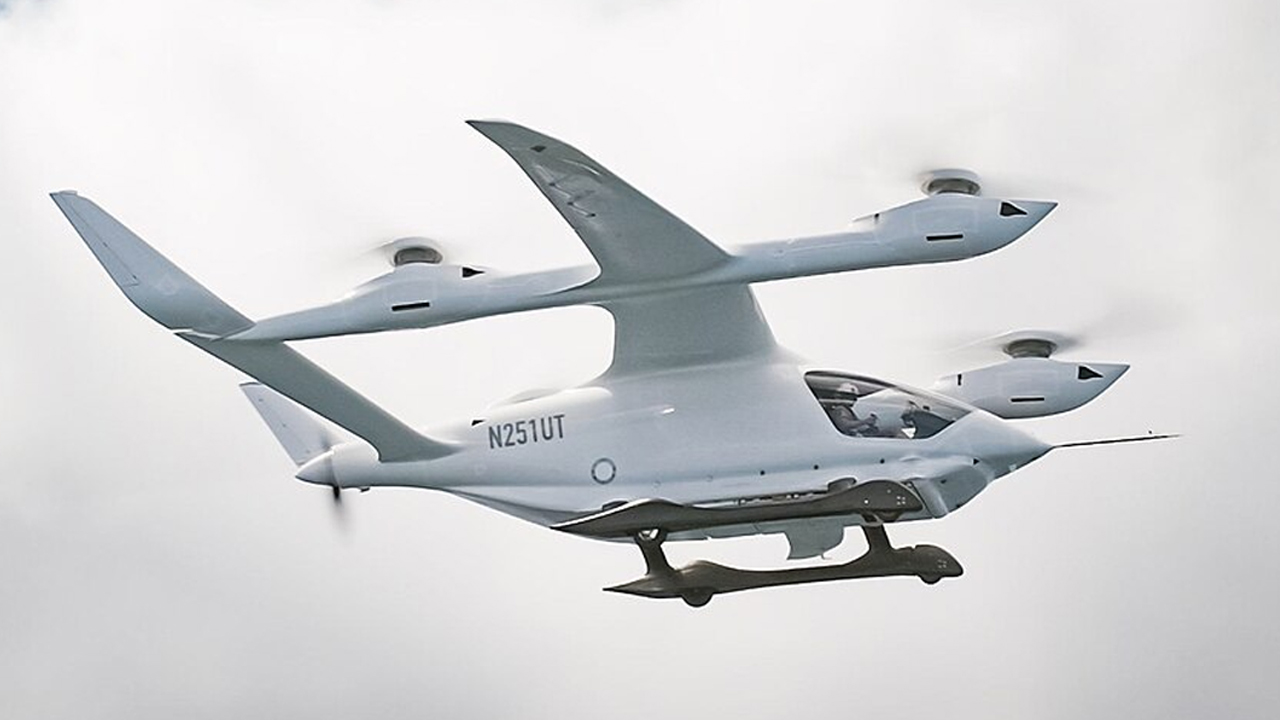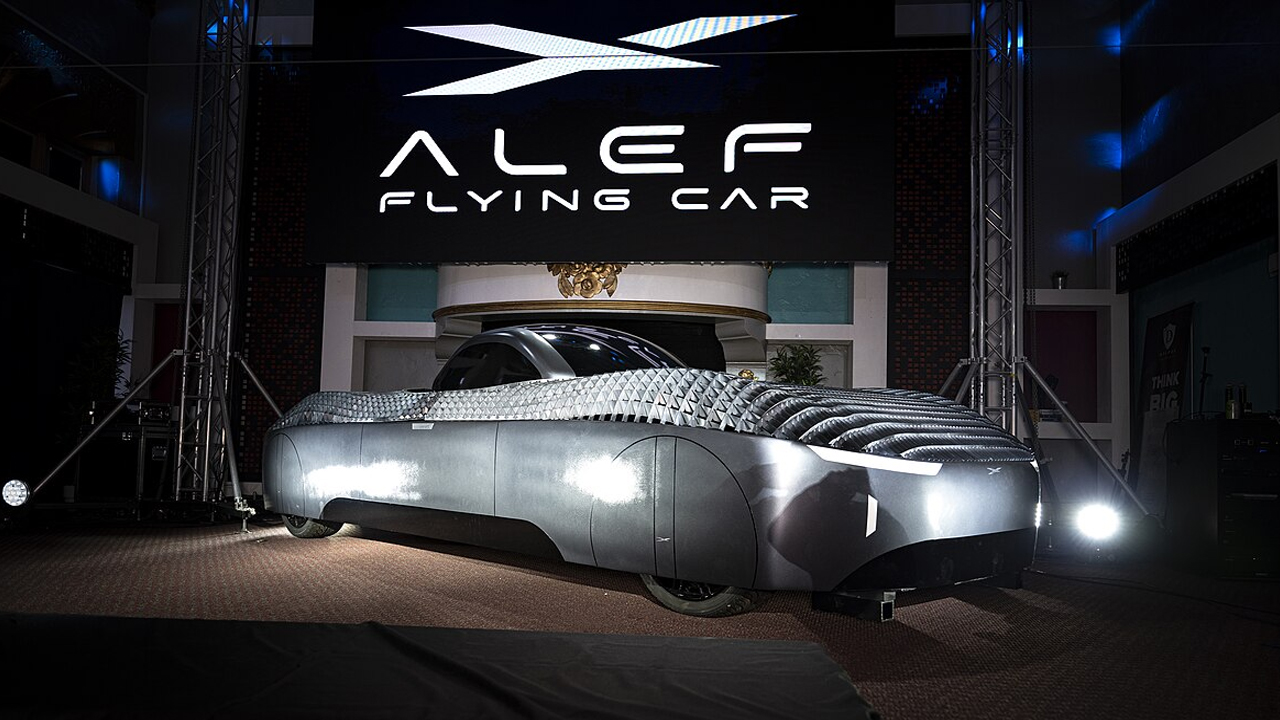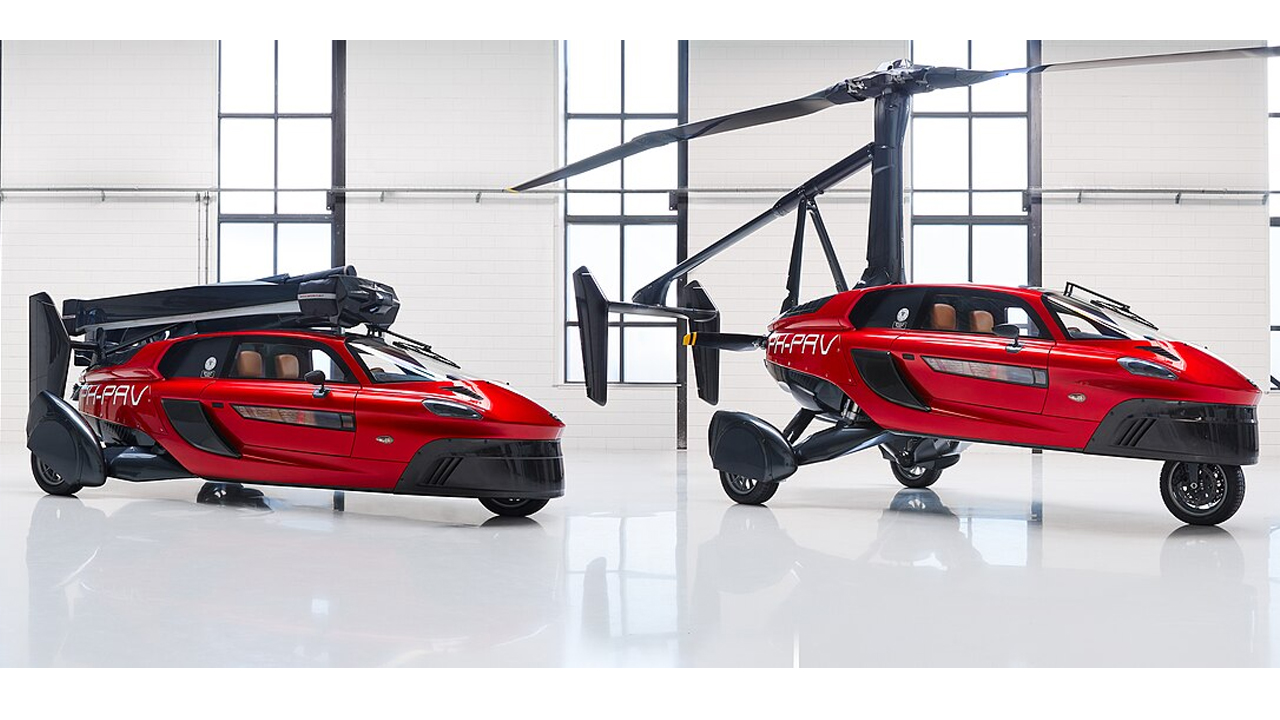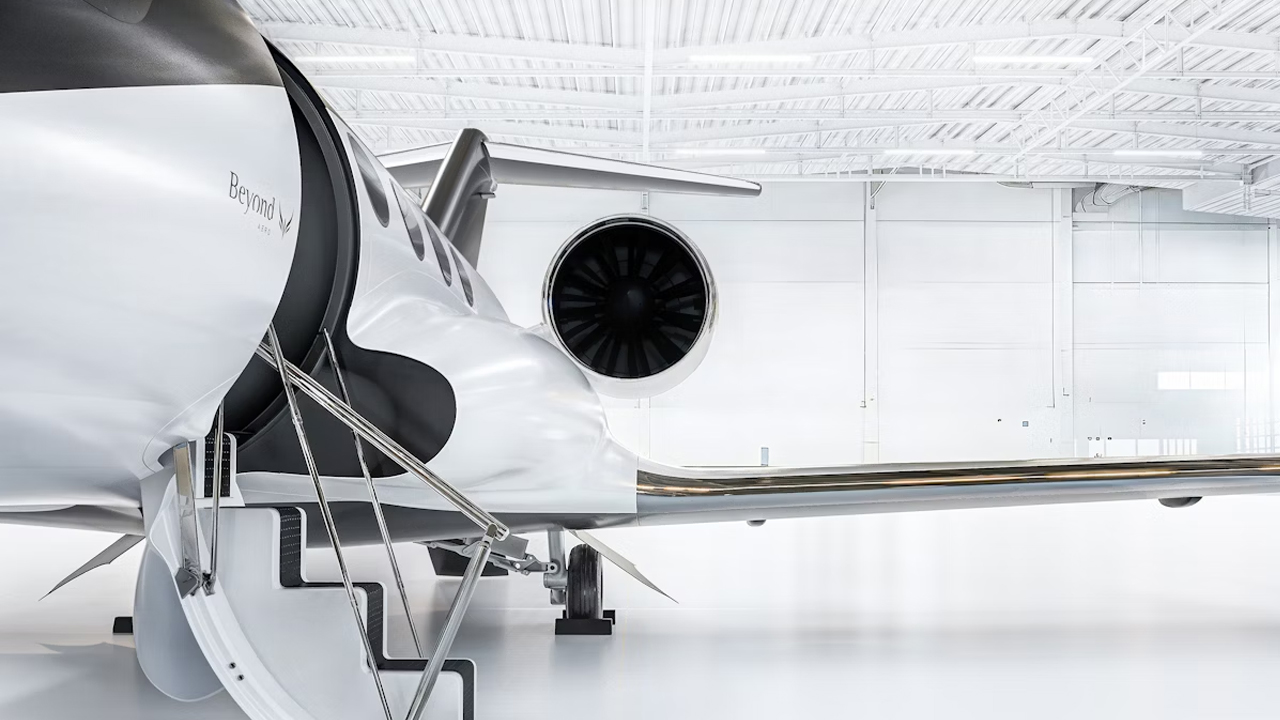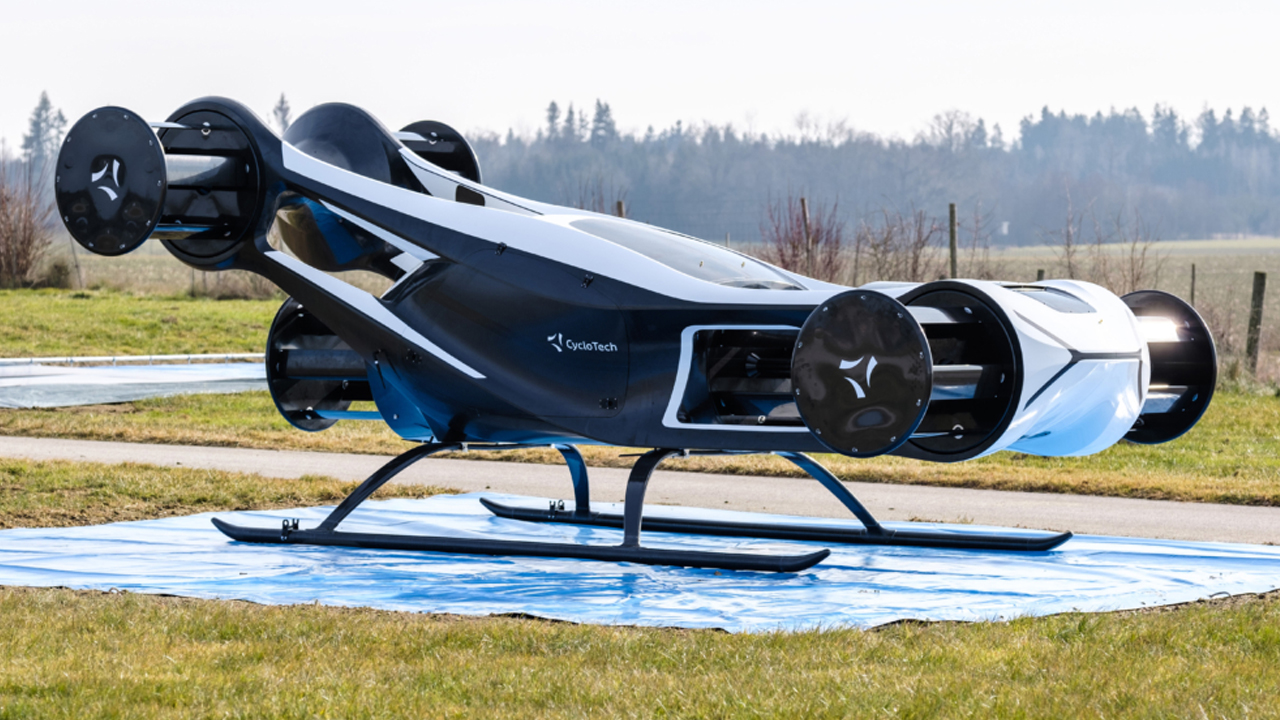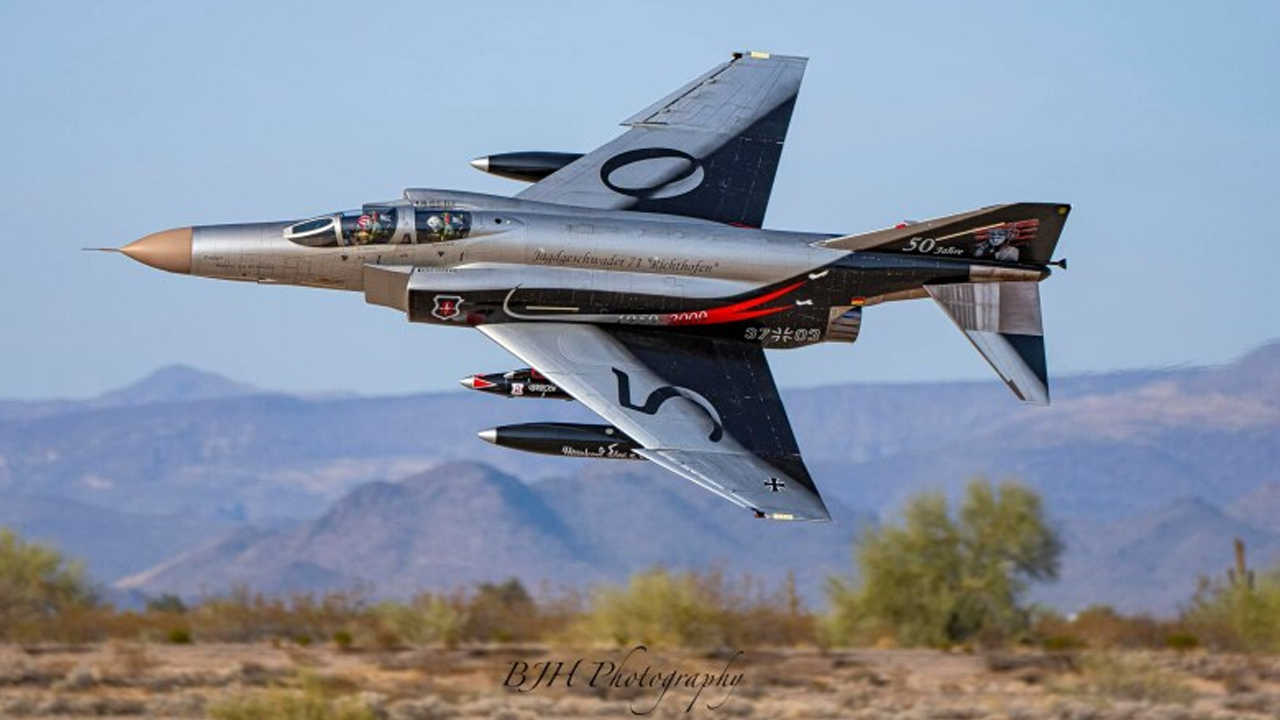Ten years ago, the idea of electric planes felt like science fiction. Today, it’s starting to look like the next big shift in aviation. The technology has come a long way—fast. As electric vehicles became common on the roads, the skies began catching up. Companies across Europe and the U.S. are now working on aircraft that can fly without burning a drop of fuel. It’s early, but it’s real.
Battery improvements have unlocked new possibilities. We’re finally at a point where short-range flight with zero emissions isn’t just possible—it’s becoming practical. Several all-electric aircraft have already flown, and a few are headed for production. This isn’t just about going green. It’s about changing how we think about flying.
Record-Breaking Electric Flights
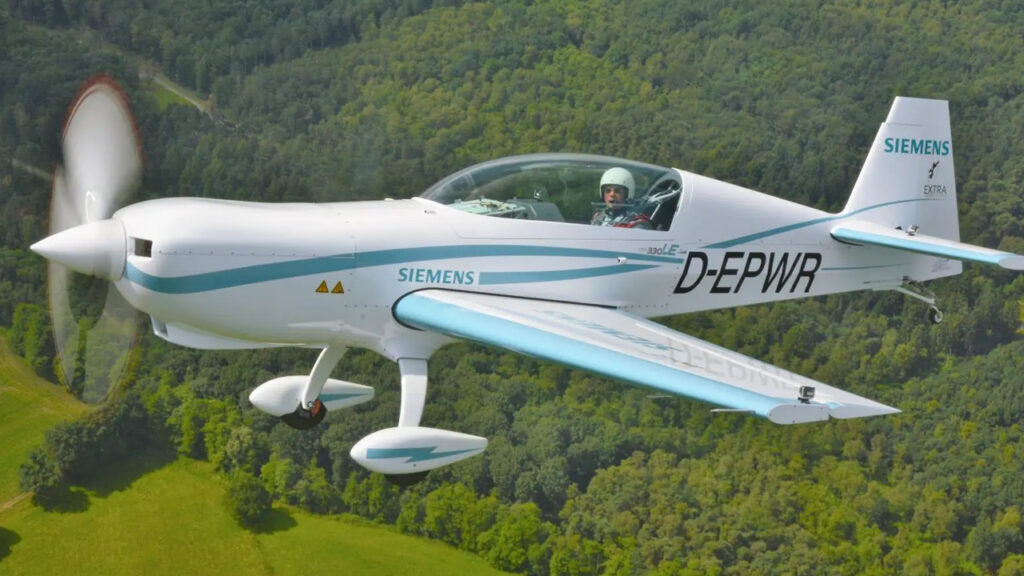
One of the biggest milestones came when Siemens’ Extra 330LE electric aircraft broke two world records: top speed and climb rate. It hit 340 km/h in level flight and climbed to 3,000 meters in just over four minutes. That same plane also became the first electric aircraft to tow a glider—proof that electric motors have the muscle to compete with fossil fuel engines, at least in some use cases.
What made it possible was a compact motor weighing only 50 kilograms but producing 260 kilowatts of power—roughly the same output as an early Tesla Model S. This plane wasn’t built for passengers. It’s a testbed. But it shows how quickly the technology is moving forward.
Flight Schools Are Going Electric
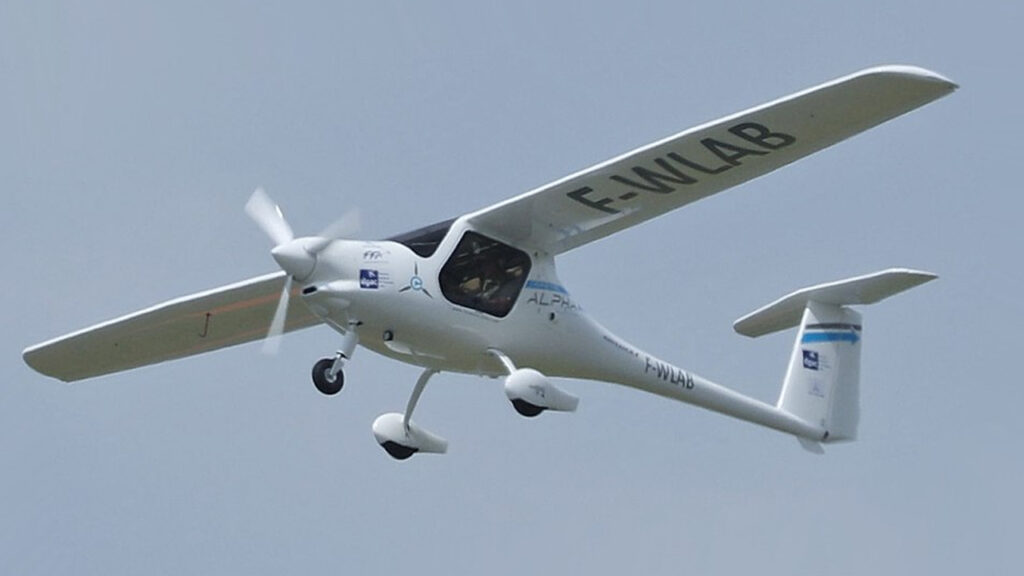
Slovenian manufacturer Pipistrel is ahead of the curve with its Alpha Electro, a fully electric trainer made for flight schools. It’s not flashy, but it gets the job done. The plane can stay in the air for about an hour, and it charges back up in just 45 minutes. For training flights that rarely go long, that’s more than enough.
The Alpha Electro slashes fuel and maintenance costs, which can cut overall training expenses by up to 70%. It’s quiet, it’s simple, and it mirrors the feel of conventional trainers. Most importantly, it’s already being used. This isn’t a prototype—it’s in the field, doing work.
Cutting Costs to the Bone

The Sun Flyer from Aero Electric Aircraft Corp is going after the same market. This two-seater trainer is all about bringing down hourly flight costs. Flying lessons in a Cessna 172 can cost $88 an hour. The Sun Flyer brings that number down to about $14—less than a trip to the gas station.
Early test flights have shown promising results. The company isn’t promising cross-country travel or luxury—just a clean, affordable way to get new pilots in the air. If it works as intended, it could make flight training accessible to more people than ever before.
The Pros and Cons of Electric Propulsion

Electric planes are clean, quiet, and mechanically simple. There’s no engine roar, no oil changes, no fuel tanks. They’re also more efficient when it comes to turning energy into thrust. The downside? Batteries. They’re still heavy, expensive, and can’t store nearly as much energy as jet fuel.
Traditional planes get lighter as they burn fuel. Electric planes don’t. The batteries are dead weight once drained, and current energy density just isn’t enough for long-distance flights. That’s why most of today’s electric aircraft are sticking to short hops—under two hours, with one or two people onboard.
Hybrid Planes Might Be the Sweet Spot
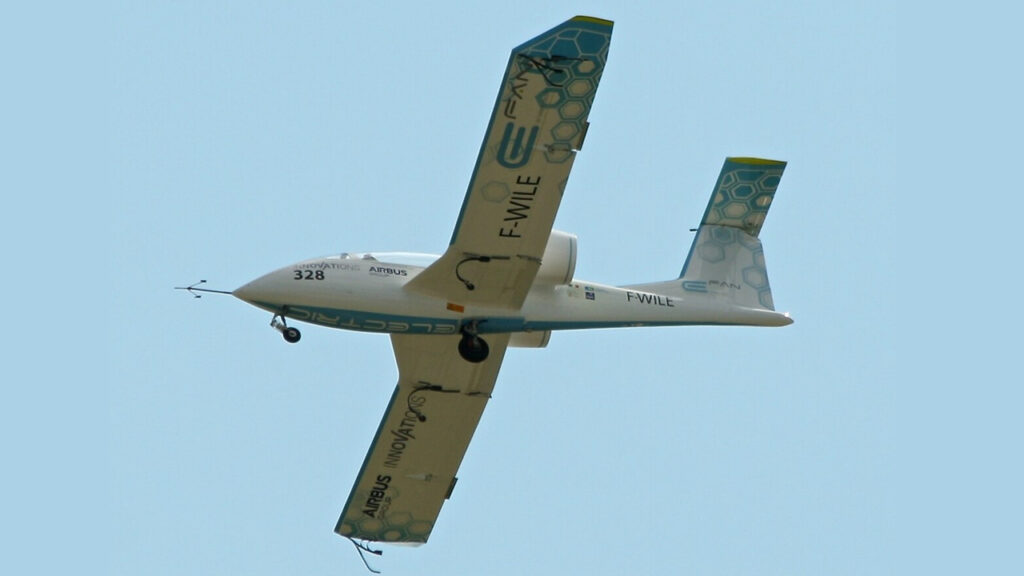
Until battery tech catches up, hybrid systems are picking up the slack. Airbus, for example, is working on hybrid-electric propulsion that could power small regional planes within the next few years. Their E-Fan project was the first electric aircraft to cross the English Channel, and it helped pave the way for what’s coming next.
Hybrid systems make sense for medium-distance flights—two to four hours—with fewer emissions and quieter operations. Pipistrel is already testing a 200-kilowatt hybrid motor that blends electric and fuel power, with the flexibility to switch between the two. It won’t eliminate carbon emissions entirely, but it could drastically reduce them.
What’s Next
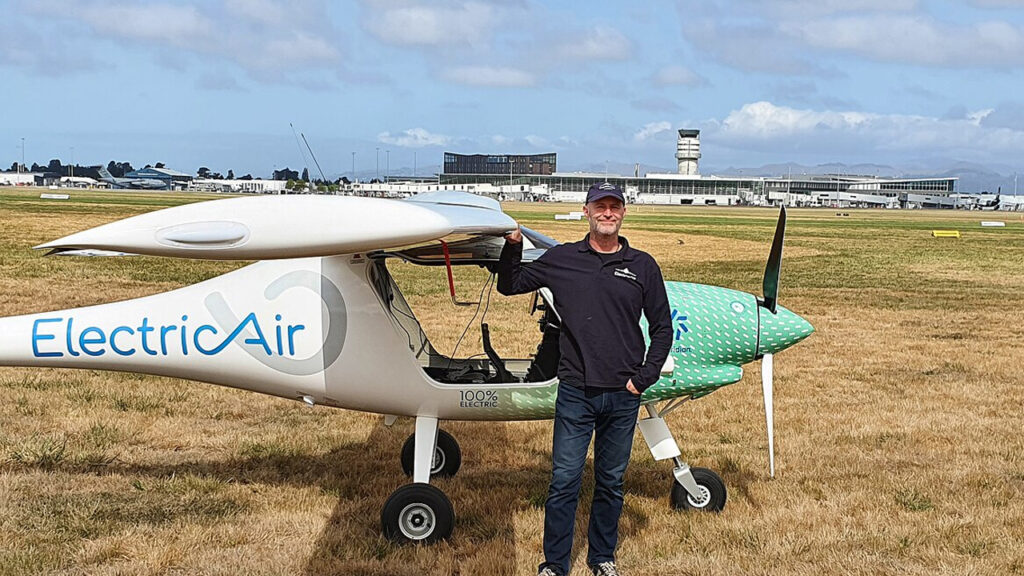
Electric aircraft have been around for decades, but until now, they’ve mostly lived in labs and garages. That’s changing. With real planes in the sky and more on the way, we’re looking at the early stages of a new chapter in aviation. Small electric planes will likely enter full-time service soon—for training, air tours, or short charter flights.
There’s still work to do. Batteries need to get lighter and cheaper. Infrastructure has to catch up. But the progress is real, and it’s moving fast. In just a few more years, short-range, low-emission flights might feel just as normal as plugging in a car overnight.


